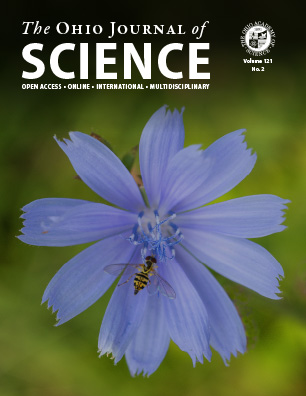A Spatio-Temporal Investigation of the Growth Rate of COVID-19 Incidents in Ohio, USA, Early in the Pandemic
DOI:
https://doi.org/10.18061/ojs.v121i2.8059Keywords:
COVID-19, Ohio, spatio-temporal model, growth rateAbstract
Understanding the initial growth rate of an epidemic is important for epidemiologists and policy makers as it can impact their mitigation strategies such as school closures, quarantines, or social distancing. Because the transmission rate depends on the contact rate of the susceptible population with infected individuals, similar growth rates might be experienced in nearby geographical areas. This research determined the growth rate of cases and deaths associated with COVID-19 in the early period of the 2020 pandemic in Ohio, United States. The evolution of cases and deaths was modeled through a Besag-York-Molliè model with linear- and power-type deterministic time dependence. The analysis showed that the growth rate of the time component of the model was subexponential in both cases and deaths once the time-lag across counties of the appearance of the first COVID-19 case was considered. Moreover, deaths in the northeast counties in Ohio were strongly related to the deaths in nearby counties.Downloads
Published
Issue
Section
License
Copyright (c) 2021 Alessandro M. Selvitella, Liam Carolan, Justin Smethers, Christopher Hernandez, Kathleen L. Foster

This work is licensed under a Creative Commons Attribution 4.0 International License.

